Home>Garden Essentials>What Is The Best Soil For Grass Seed
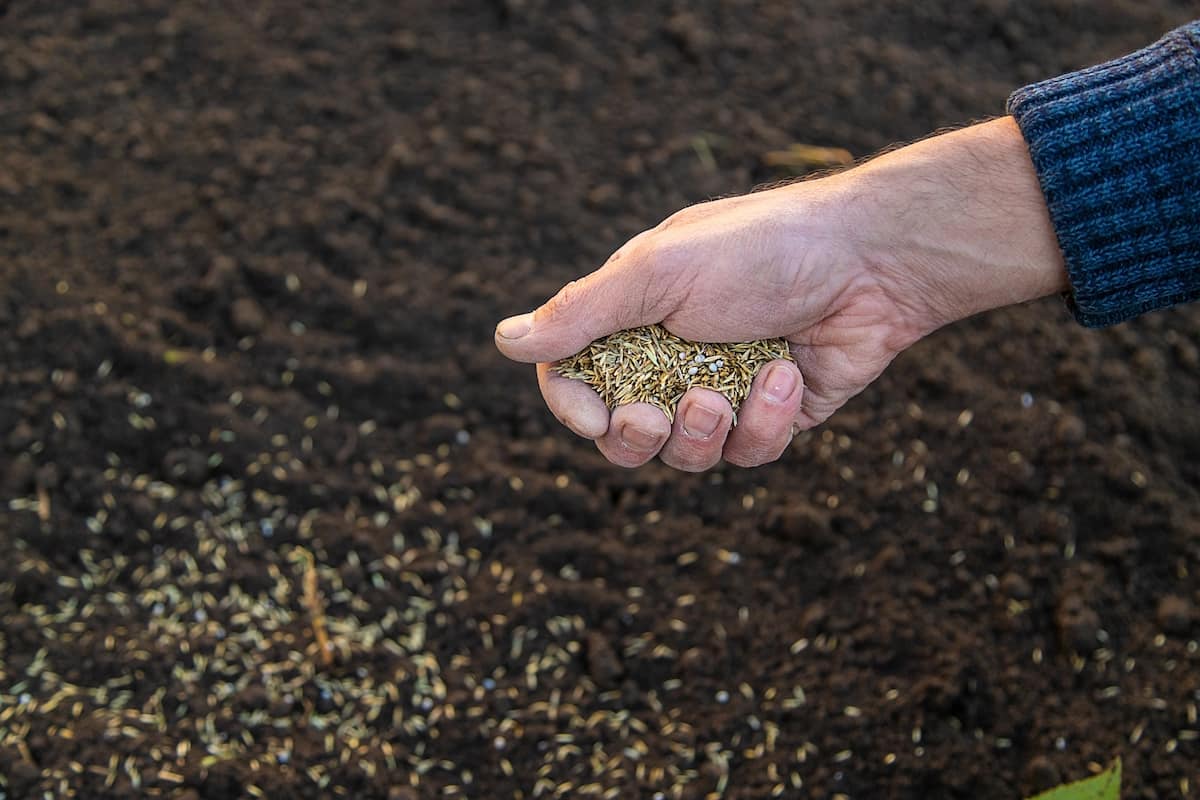

Garden Essentials
What Is The Best Soil For Grass Seed
Modified: October 18, 2024
Discover the best soil for grass seed and create a thriving garden. Find out the key elements to ensure healthy growth and lush greenery.
(Many of the links in this article redirect to a specific reviewed product. Your purchase of these products through affiliate links helps to generate commission for Storables.com, at no extra cost. Learn more)
Introduction
Welcome to the wonderful world of gardening! Whether you have a sprawling lawn or a small backyard, growing grass from seed is a cost-effective and rewarding way to transform your outdoor space. However, before you dive into sowing those grass seeds, it’s essential to understand the importance of choosing the right soil.
Soil plays a crucial role in the success of your grass seed. It provides the necessary nutrients, moisture, and support for healthy seed germination and root development. With the right soil, you can set the stage for a lush and vibrant lawn that will be the envy of your neighbors.
In this article, we will explore the different factors to consider when choosing soil for grass seed, the different types of soil available, and the best soil amendments for each soil type. By the end, you will have all the knowledge you need to select and prepare the best soil for your grass seed and pave the way for a flourishing lawn.
Key Takeaways:
- Choose the right soil for your grass seed based on factors like texture, drainage, and nutrient content to set the stage for a healthy and vibrant lawn.
- Sandy, clay, and loamy soils each have unique advantages and challenges for growing grass seed, but with proper amendments and care, you can create an optimal environment for your grass to thrive.
Read more: What Is The Best Soil Mix For Carrots
Importance of Choosing the Right Soil for Grass Seed
When it comes to growing grass from seed, choosing the right soil is of utmost importance. The soil you select will directly impact the success and longevity of your lawn. Here are a few reasons why choosing the right soil for grass seed is crucial:
- Nutrient Availability: The soil serves as a reservoir of essential nutrients that are necessary for the healthy growth of grass. Different grass species have varying nutrient requirements, and the right soil can ensure that these nutrients are readily available for uptake by the roots.
- Water Retention: Proper water retention is vital for grass seed germination and establishment. The right soil will have a balance of water-holding capacity and drainage, allowing for adequate moisture for the seeds without risking waterlogged conditions that can cause rot or disease.
- Root Development: Grass plants rely on a strong root system to anchor themselves and absorb nutrients from the soil. The right soil will encourage deep root penetration and development, providing a solid foundation for healthy growth and tolerance to drought or stress.
- Aeration and Drainage: Good soil structure is crucial for maintaining proper aeration and drainage. Compacted or poorly-draining soils can restrict root growth and lead to issues such as waterlogged conditions or shallow roots that are susceptible to stress and diseases.
- Soil pH: The pH level of the soil affects nutrient availability and overall grass health. Different grass varieties thrive in different pH ranges, and selecting soil that matches the desired pH for your chosen grass will promote optimal growth and minimize nutrient deficiencies or toxicity.
By carefully considering these factors and selecting the right soil for your grass seed, you can set your lawn up for success right from the start. Taking the time and effort to choose the appropriate soil will ensure that your grass seeds have the best possible conditions to germinate, establish, and thrive for years to come.
Factors to Consider when Choosing Soil for Grass Seed
Choosing the right soil for your grass seed involves considering several important factors. By taking these factors into account, you can ensure that the soil provides the optimal conditions for seed germination and healthy grass growth. Here are the key factors to consider:
- Texture: Soil texture refers to the size of the particles in the soil. The three main soil textures are sandy, clay, and loam. Sandy soil has larger particles and drains quickly, while clay soil has smaller particles and tends to retain water. Loam is a balanced soil texture with a good combination of drainage and moisture retention. Consider the texture that will best meet the needs of your grass seed and environment.
- Drainage: Proper drainage is essential for healthy grass growth. Soil with good drainage prevents waterlogging, which can lead to root rot and fungal diseases. Ensure that the soil you choose drains well, allowing excess water to move away from the roots.
- Nutrient Content: Different grass species have varying nutrient requirements. Determine the nutrient content of the soil to ensure it provides the necessary elements for healthy grass growth. You can test the soil’s nutrient levels through soil testing kits, or consult with a local agricultural extension office for guidance.
- pH Level: Soil pH affects nutrient availability to plants. Most grass species prefer a slightly acidic pH level between 6 and 7. Consider conducting a soil pH test and adjust the pH if necessary using soil amendments.
- Organic Matter: Soil enriched with organic matter improves its structure, water holding capacity, and nutrient retention. Look for soils that contain organic matter such as compost or well-rotted manure to support healthy grass growth.
- Fertility: The overall fertility of the soil is crucial for the long-term health and vigor of your grass. Look for soils that are rich in essential macronutrients like nitrogen, phosphorus, and potassium. These nutrients are needed for strong root development, vibrant foliage, and overall plant vitality.
By considering these factors, you can select soil that provides the optimal conditions for your grass seed to thrive. Remember, different grass species may have specific requirements, so it’s important to research the needs of your chosen grass type to ensure the best possible soil selection.
Different Types of Soil for Grass Seed
Soil plays a critical role in the growth and development of grass seed. Understanding the different types of soil available can help you choose the best option for your specific needs. Here are three common types of soil for growing grass seed:
- Sandy Soil: Sandy soil is characterized by its large particle size, which gives it a loose and well-draining texture. This type of soil warms up quickly in the spring and drains water rapidly. While it provides excellent drainage, sandy soil tends to dry out more quickly and has a lower nutrient-holding capacity. If you have sandy soil, regular watering and frequent fertilization are necessary to maintain healthy grass growth.
- Clay Soil: Clay soil is composed of very fine particles, making it heavy and compacted. This type of soil retains water well but drains slowly. Clay soil can become easily compacted, leading to poor aeration and root development. Additionally, it can become sticky and hard when wet and dry and cracked when dry. To improve clay soil, adding organic matter such as compost or well-rotted manure can help enhance its structure and drainage ability.
- Loamy Soil: Loamy soil is often considered the ideal soil type for growing grass seed. It consists of a balanced mixture of sand, silt, and clay particles, providing excellent drainage while retaining moisture and nutrients. Loam soil is fertile, well-aerated, and supports healthy root development. This type of soil is highly recommended for successful grass seed germination and growth.
It’s important to note that many soil types can exist within a single landscape, so it’s beneficial to assess your soil before selecting the best option for your grass seed. Conducting a soil test or consulting with a professional can help determine the exact composition and characteristics of your soil.
Remember that regardless of the soil type, you can still improve its quality and structure through soil amendments. Adding organic matter, such as compost or well-rotted manure, can enrich the soil and enhance its drainage, water-holding capacity, and nutrient content.
By understanding the different types of soil available and their specific characteristics, you can make an informed decision about the best soil for your grass seed. Remember to consider factors such as drainage, nutrient content, and pH levels to ensure the optimal conditions for your grass to thrive.
Sandy Soil
Sandy soil is a soil type characterized by its larger particle size, which gives it a loose and well-draining texture. It is often found in areas with high levels of sand, such as coastal regions or sandy plains. While sandy soil has its advantages, it also poses some challenges when it comes to growing grass seed.
Advantages:
- Excellent Drainage: Sandy soil is known for its excellent drainage properties. Water is able to move through the soil quickly, preventing issues like waterlogging or root rot.
- Warms Up Quickly: Sandy soil warms up faster in the spring compared to other soil types. This allows for earlier grass seed germination and faster establishment.
Challenges:
- Dries Out Quickly: Due to its loose texture, sandy soil has a lower water-holding capacity. It tends to dry out more quickly, especially during hot and dry periods. Regular watering is necessary to maintain adequate soil moisture for healthy grass growth.
- Low Nutrient Retention: Sandy soil has a lower ability to retain nutrients compared to other soil types. The coarse texture of the soil allows nutrients to leach out more easily. Fertilizer application may be needed more frequently to provide essential nutrients for the grass.
- Poor Soil Structure: The loose structure of sandy soil can lead to poor soil structure and root support. Grass roots may struggle to anchor themselves in the sandy soil, making them more susceptible to drought stress or wind damage.
Tips for Growing Grass on Sandy Soil:
- Regularly water the grass to compensate for the fast-draining nature of the soil.
- Consider implementing a soaker hose or drip irrigation system to ensure deep watering and reduce surface evaporation.
- Apply organic matter, such as compost or well-rotted manure, to improve nutrient retention and soil structure.
- Choose grass species that are more tolerant of sandy soils, such as Bermuda grass or Zoysia grass, which have deep root systems and better drought tolerance.
- Fertilize regularly to provide the necessary nutrients that may leach out quickly.
- Mulch the grass with a thin layer of organic material to help retain soil moisture and regulate soil temperature.
While sandy soil may require more attention and care, it can still provide a suitable growing environment for grass seed. With proper management techniques and selection of appropriate grass species, you can achieve a healthy and vibrant lawn even on sandy soil.
Read more: What Is The Best Soil Mix For Tomatoes
Clay Soil
Clay soil is a soil type characterized by its small particle size and tight compaction. It is commonly found in regions with high amounts of clay, such as areas with heavy clayey subsoil. While clay soil presents its own challenges for growing grass seed, with the right techniques, it can be managed effectively.
Advantages:
- Water Retention: Clay soil has a high water-holding capacity, allowing it to retain moisture for longer periods. This can be beneficial during dry spells when grass may need less frequent watering.
- Rich in Nutrients: Clay soil often contains a good amount of nutrients for plant growth. It has a higher cation exchange capacity, which means it can hold onto and supply essential nutrients to the grass.
Challenges:
- Poor Drainage: Due to its fine particle size and compact nature, clay soil drains poorly. It can become waterlogged, leading to root suffocation, root rot, and other issues. Excessive moisture can also result in surface compaction and the formation of hard clods when dried.
- Compaction: Clay soil has a tendency to become compacted, especially when walked on or when heavy equipment is used on it. Compaction restricts air movement and makes it difficult for roots to penetrate the soil.
- Difficult to Work With: Clay soil can be heavy and sticky when wet, making it challenging to work with. It can easily become compacted and form clumps, which can be detrimental to grass seed germination and root growth.
Tips for Growing Grass on Clay Soil:
- Improve soil drainage by adding organic matter such as compost or well-rotted manure. This helps to break up the soil, improve aeration, and enhance water infiltration.
- Avoid overwatering, as excess moisture can lead to waterlogging and other issues. Water deeply but infrequently, allowing the top layer of soil to dry out slightly between waterings.
- Aerate the soil annually using a core aerator to relieve compaction and improve air circulation to the roots.
- Consider incorporating gypsum into the soil to help break up clay particles and improve soil structure.
- Choose grass species that are more tolerant of clay soils, such as Kentucky bluegrass or perennial ryegrass.
- Resist the temptation to walk on or mow the lawn when the soil is wet, as this can lead to compaction and soil damage.
While clay soil may present challenges, with proper management techniques, it can be transformed into a suitable environment for healthy grass growth. By improving drainage, reducing compaction, and selecting appropriate grass species, you can create a beautiful and resilient lawn on clay soil.
The best soil for grass seed is well-draining loamy soil with a pH of 6.0-7.0. It should be free of rocks and debris, and rich in organic matter. Amend soil with compost for better results.
Loamy Soil
Loamy soil is often considered the ideal soil type for growing grass seed. It is a balanced mixture of sand, silt, and clay particles, combining the best qualities of each soil type. Loamy soil provides an excellent environment for healthy grass growth and root development.
Advantages:
- Good Drainage: Loamy soil offers a balanced drainage system. It allows water to drain freely, preventing waterlogged conditions and the risk of root rot.
- Moisture Retention: Loam soil has good moisture retention capabilities. It holds onto sufficient water for plant use while allowing excess water to drain away, preventing oversaturation.
- Excellent Nutrient Availability: Loamy soil is rich in organic matter and minerals, making it highly fertile. It provides a steady supply of nutrients for grass growth and, therefore, reduces the need for frequent fertilization.
- Healthy Root Development: The balanced texture of loamy soil allows roots to penetrate easily and spread deeply. This promotes strong root development and enhances the overall health and stability of the grass plants.
Tips for Growing Grass on Loamy Soil:
- Monitor moisture levels and avoid overwatering, as excessive moisture can lead to nutrient leaching and the development of fungal diseases.
- Regularly check soil pH and nutrient levels through soil testing. Adjust the pH and apply fertilizers as needed to maintain optimal nutrient availability.
- Apply a layer of organic mulch on the soil surface to help regulate soil temperature, reduce weed growth, and improve moisture retention.
- Maintain regular mowing practices to encourage healthy grass growth and prevent overcrowding of the lawn.
- Consider overseeding your lawn with grass seed annually to promote thicker turf and fill in any bare spots.
- Monitor soil compaction and periodically aerate the soil to promote better air and water movement through the root zone.
Loamy soil is highly favored by grasses due to its optimal balance of drainage, moisture retention, and nutrient availability. It creates a welcoming environment for grass seed germination, root development, and overall healthy lawn growth.
If you are fortunate enough to have loamy soil in your garden, take advantage of its natural fertility and maximize your grass seed’s potential for a lush, vibrant lawn.
Soil Amendments for Different Soil Types
Gardening success often relies on amending the soil to provide the necessary conditions for optimal plant growth. This is especially true when it comes to growing grass seed in different soil types. By adding soil amendments, you can improve the soil’s structure, fertility, and drainage, creating an ideal environment for healthy grass growth. Here are some soil amendments to consider for different soil types:
For Sandy Soil:
- Organic Matter: Adding organic matter, such as compost or well-rotted manure, can greatly improve sandy soil. Organic matter increases the soil’s water-holding capacity, nutrient content, and overall fertility. It also helps to bind the loose sandy particles together, improving soil structure.
- Peat Moss: Peat moss is another amendment that can enhance water retention in sandy soil. It improves moisture retention by providing a sponge-like effect, allowing the sandy soil to hold onto water more effectively.
- Mulch: Applying a layer of organic mulch, such as wood chips or straw, on top of the soil helps to conserve moisture and regulate soil temperature, reducing the drying effects of sandy soil.
For Clay Soil:
- Organic Matter: Like sandy soil, clay soil can also benefit from the addition of organic matter. Organic matter helps to break up compacted clay particles, improving drainage and aeration. It also adds nutrients to the soil and enhances the soil’s overall structure.
- Gypsum: Adding gypsum to clay soil can help break up the compacted clay particles, allowing for better water penetration and improved drainage. Gypsum also helps to improve soil structure and reduce surface crusting.
- Sand: Incorporating coarse sand into clay soil can help improve drainage by creating larger pore spaces within the soil. However, caution should be taken not to add too much sand, as it can lead to excessive drainage and nutrient leaching.
For Loamy Soil:
- Compost: While loamy soil is already a desirable type for grass growth, adding compost can further enhance its fertility and nutrient content. Compost adds organic matter, beneficial microorganisms, and trace elements to the soil, promoting long-term soil health and optimum grass growth.
- Nitrogen-based Fertilizer: Loamy soil, although fertile, may require supplemental nutrients for specific grass species. Applying a nitrogen-based fertilizer can provide the necessary nutrients for robust grass growth in loamy soil.
Before amending your soil, it’s recommended to conduct a soil test to determine its current pH level and nutrient content. This will help you understand the specific needs of your soil and guide you in selecting the appropriate amendments.
Remember that soil amendments are not a one-time solution. Regular monitoring and maintenance, such as annual addition of organic matter, will help sustain the improved soil conditions and support long-term grass health.
By addressing the specific needs of your soil type through strategic soil amendments, you can create an optimal growing environment for your grass seed, leading to a healthier, lusher, and more resilient lawn.
Testing and Preparing the Soil
Testing and preparing the soil are crucial steps in ensuring the success of your grass seed establishment. By understanding the current condition of your soil and making necessary adjustments, you can create an optimal environment for seed germination and healthy grass growth. Here’s a step-by-step guide on testing and preparing the soil:
Step 1: Soil Testing:
The first step in preparing your soil is to conduct a soil test. A soil test will provide valuable information about the pH level, nutrient content, and organic matter in your soil. You can purchase a soil testing kit from a garden center or send a soil sample to a local agricultural extension office for more accurate results. The test will indicate any deficiencies or imbalances that may need to be addressed.
Step 2: Adjusting pH:
Based on the soil test results, you may need to adjust the pH level of your soil. Most grass species thrive in slightly acidic conditions, around a pH of 6 to 7. If your soil is too acidic, you can raise the pH by adding lime. If it’s too alkaline, you can lower the pH by adding elemental sulfur or other acidifying agents. Follow the recommendations from your soil test report for the correct amount of amendments to use.
Step 3: Adding Organic Matter:
Regardless of your soil type, adding organic matter is beneficial. Organic matter improves soil structure, enhances moisture retention, and adds nutrients. Incorporate well-rotted compost, leaf mold, or aged manure into the soil. Spread a layer of organic matter and work it into the top few inches of the soil using a garden fork or tiller.
Step 4: Soil Leveling:
Ensure that the soil surface is level and free from large clumps or debris. Rake the soil to create a smooth and even surface, removing any rocks, roots, or weeds that may interfere with seed germination and growth.
Step 5: Seeding:
Follow the recommendations for seeding rates and techniques specific to your grass type. Spread the grass seed evenly over the prepared soil surface. Consider using a broadcast spreader to achieve even distribution. Lightly rake the seed into the soil to ensure good seed-to-soil contact.
Step 6: Watering:
Proper watering is essential for seed germination and establishment. After seeding, water the area thoroughly. Keep the soil consistently moist but not saturated during the germination process. Watering should be done in a way that doesn’t disturb the seed or cause erosion.
Step 7: Maintenance:
Once the grass seed has germinated, continue to monitor soil moisture and provide regular watering as needed. Avoid heavy foot traffic on newly seeded areas until the grass has established a strong root system. Follow regular mowing and maintenance practices to promote healthy growth and vigour of the grass.
By testing and preparing your soil before seeding, you are setting the stage for successful grass seed establishment. Understanding the soil’s pH, nutrient levels, and organic matter content allows you to make any necessary adjustments, creating an optimal environment for your grass seed to thrive. With proper soil preparation and ongoing maintenance, you can enjoy a beautiful and resilient lawn for years to come.
Read more: What Is The Best Soil Mix For Strawberries
Best Soil for Grass Seed Based on Grass Type
Choosing the best soil for your grass seed involves considering the specific needs and characteristics of the grass species you are planning to grow. Different grass types have different preferences in terms of soil conditions. Here are some guidelines on the best soil for common grass types:
1. Kentucky Bluegrass:
Kentucky Bluegrass is a popular cool-season grass known for its lush, dense growth and rich green color. It thrives in well-drained soil with a slightly acidic pH ranging between 6 and 7. Kentucky Bluegrass performs best in loamy soil that retains moisture without being waterlogged. To ensure successful growth, incorporate organic matter into the soil to enhance moisture retention and improve soil structure.
2. Bermuda Grass:
Bermuda Grass is a warm-season grass that excels in hot climates. It requires soil with excellent drainage and prefers a pH range between 6 and 7. Sandy soil is often suitable for Bermuda Grass as it prevents excessive water retention. However, incorporating organic matter into sandy soil can improve its nutrient content and water-holding capacity. Ensure the soil has adequate fertility to support the growth of this grass type.
3. Zoysia Grass:
Zoysia Grass is a warm-season grass that thrives in a wide range of soil types, including clay, sandy, and loamy soils. It prefers a slightly acidic to neutral soil pH ranging from 6 to 7.5. Zoysia Grass tolerates drought well and can adapt to a variety of soil conditions, including compacted clay soil. However, for optimal growth, loosen compacted clay soil and incorporate organic matter to improve soil structure and drainage.
4. Fescue Grass:
Fescue Grass is a cool-season grass known for its adaptability to various soil types. It performs well in loamy soil but can also thrive in sandy or clay soil. Fescue Grass prefers a slightly acidic pH around 6 to 7 and requires soil with good drainage to prevent waterlogged conditions. Amending clay soil with organic matter helps improve drainage, while incorporating organic matter into sandy soil enhances its water-holding capacity.
5. Ryegrass:
Ryegrass is a fast-growing cool-season grass commonly used for overseeding lawns or as a temporary cover crop. It prefers loamy soil with good drainage but can tolerate a wide range of soil types, including sandy and clay soils. Adequate soil fertility and a slightly acidic to neutral pH around 6 to 7 are important for Ryegrass establishment and growth. Ensure proper preparation and amendments to the soil to provide favorable conditions for this grass type.
Remember that while these are general recommendations, there can be variations within each grass species. It’s always recommended to consult specific grass seed labels or local experts to determine any specific soil requirements for the particular grass variety you are using.
By selecting the best soil for your grass type, you can provide an ideal growing environment and support the healthy establishment and growth of your lawn. Proper soil preparation and ongoing maintenance will help your grass thrive, creating a beautiful and resilient landscape.
Conclusion
Choosing the right soil for your grass seed is a critical step in ensuring successful germination, establishment, and long-term growth of your lawn. Each soil type has its advantages and challenges, but with proper understanding, preparation, and care, you can create an optimal environment for your grass to thrive.
Whether you have sandy soil, clay soil, or loamy soil, there are key considerations to keep in mind. Understanding the characteristics of your soil and its impact on drainage, moisture retention, and nutrient availability will guide you in selecting the best amendments and management techniques.
Soil testing is an essential tool to assess the pH level, nutrient content, and organic matter in your soil. Test results will help you identify any deficiencies or imbalances and enable you to make informed decisions about necessary amendments.
Adding organic matter, such as compost or well-rotted manure, is beneficial for all soil types. Organic matter improves soil structure, enhances moisture retention, and provides essential nutrients. It also promotes beneficial microbial activity in the soil, contributing to long-term soil health and grass vitality.
It’s important to remember that soil preparation is not a one-time task. Ongoing maintenance, such as proper watering, regular fertilization, and aeration, will help sustain healthy soil conditions and support the long-term growth of your grass.
When selecting the best soil for your grass seed, consider the specific needs of your chosen grass type. Understanding the preferred pH range, drainage requirements, and nutrient preferences of the grass species will ensure the best possible growing conditions.
By carefully testing and preparing the soil, you can provide the optimal foundation for your grass seed. Whether it’s Kentucky Bluegrass, Bermuda Grass, Zoysia Grass, Fescue Grass, or Ryegrass, the right soil will support robust root development, vibrant foliage, and a lush, green lawn.
Remember to adjust your soil management practices as needed to accommodate the unique characteristics of your soil and grass type. With dedicated care and attention, you can create a beautiful and flourishing lawn that enhances the beauty and enjoyment of your outdoor space.
Frequently Asked Questions about What Is The Best Soil For Grass Seed
Was this page helpful?
At Storables.com, we guarantee accurate and reliable information. Our content, validated by Expert Board Contributors, is crafted following stringent Editorial Policies. We're committed to providing you with well-researched, expert-backed insights for all your informational needs.
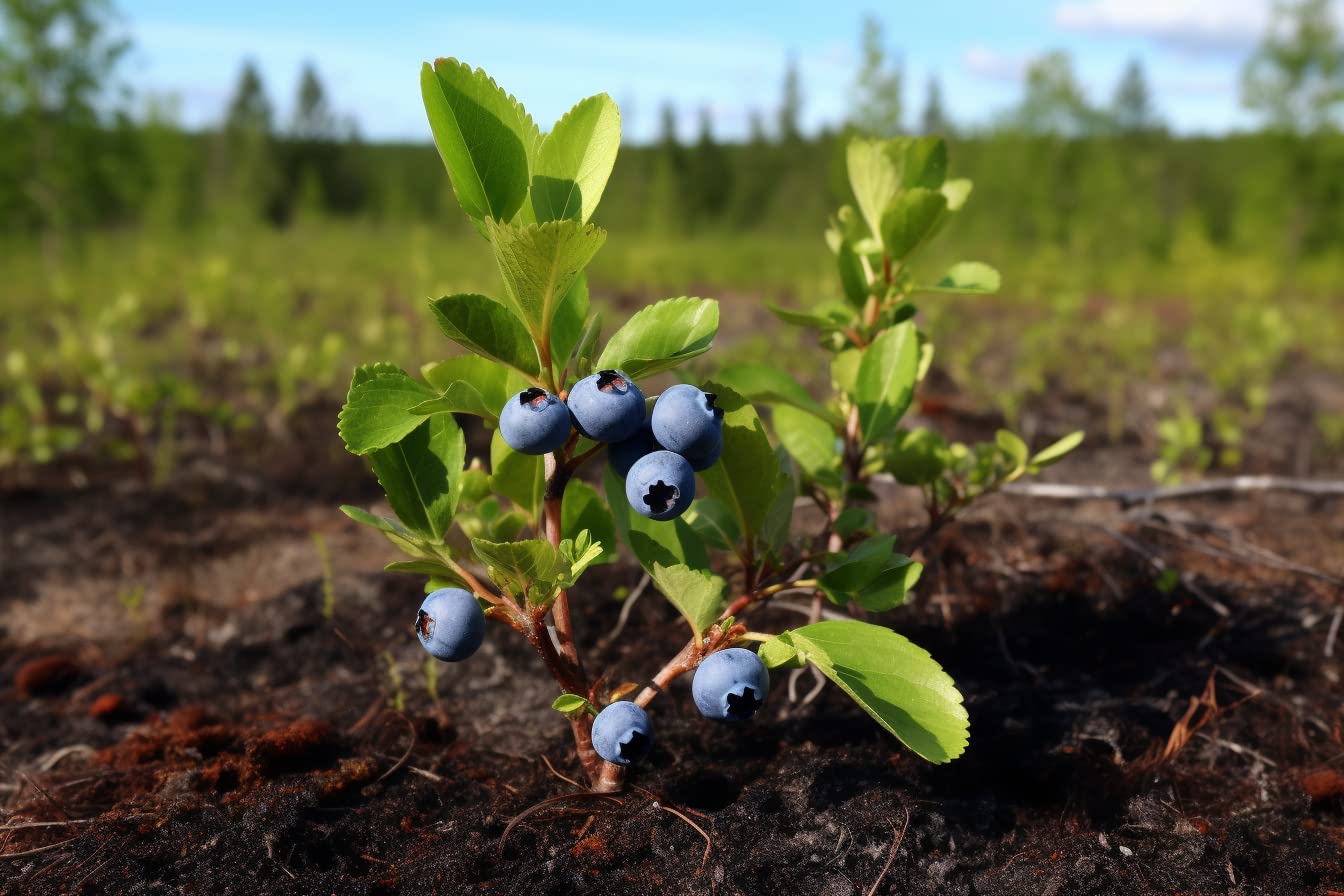
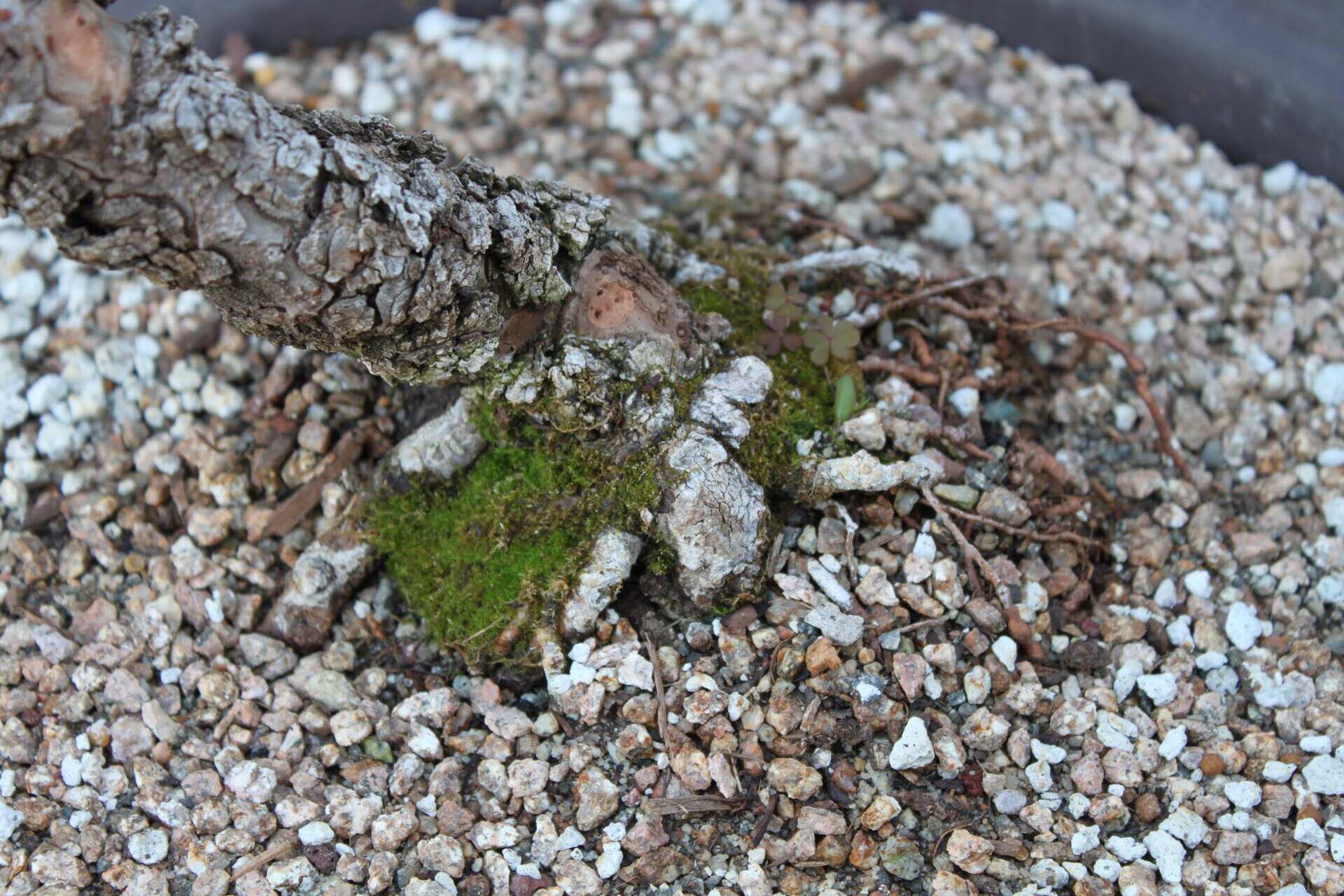
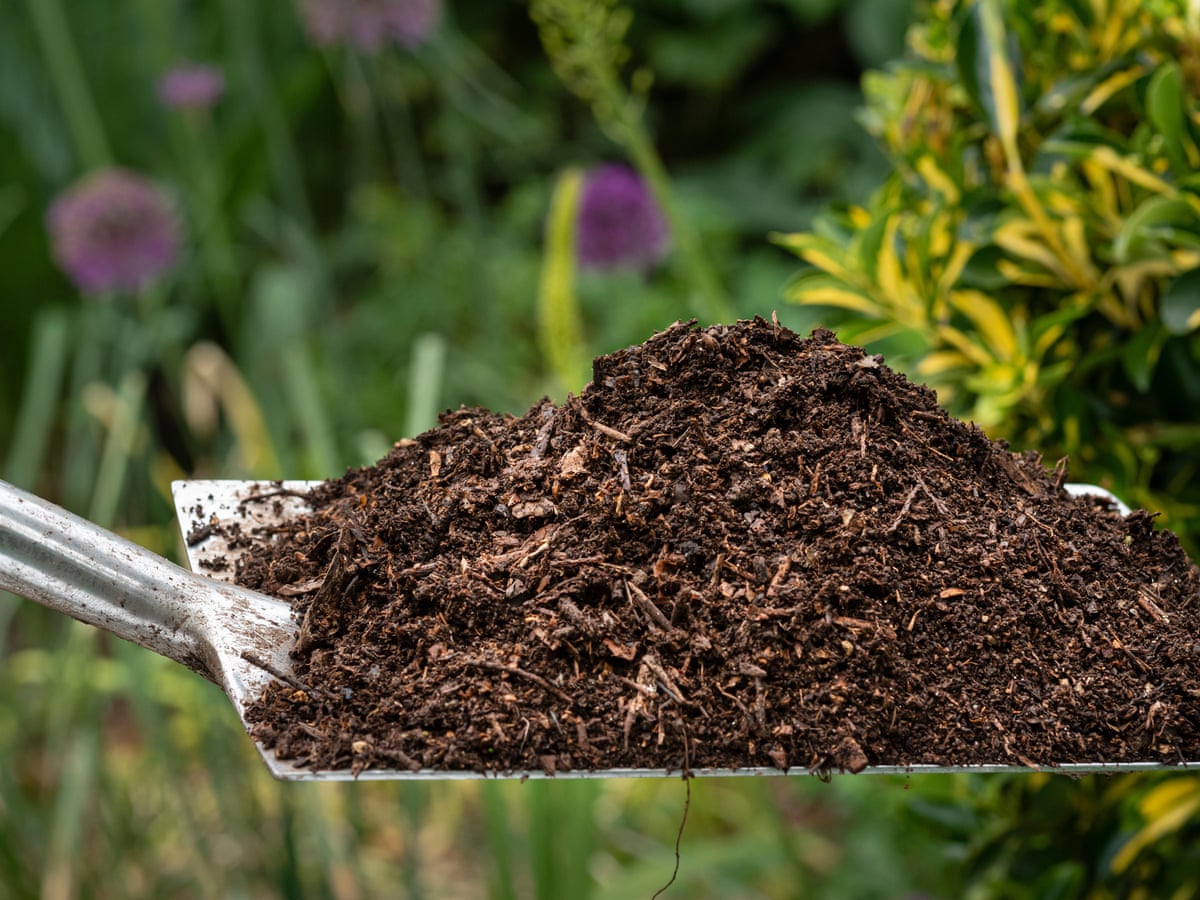
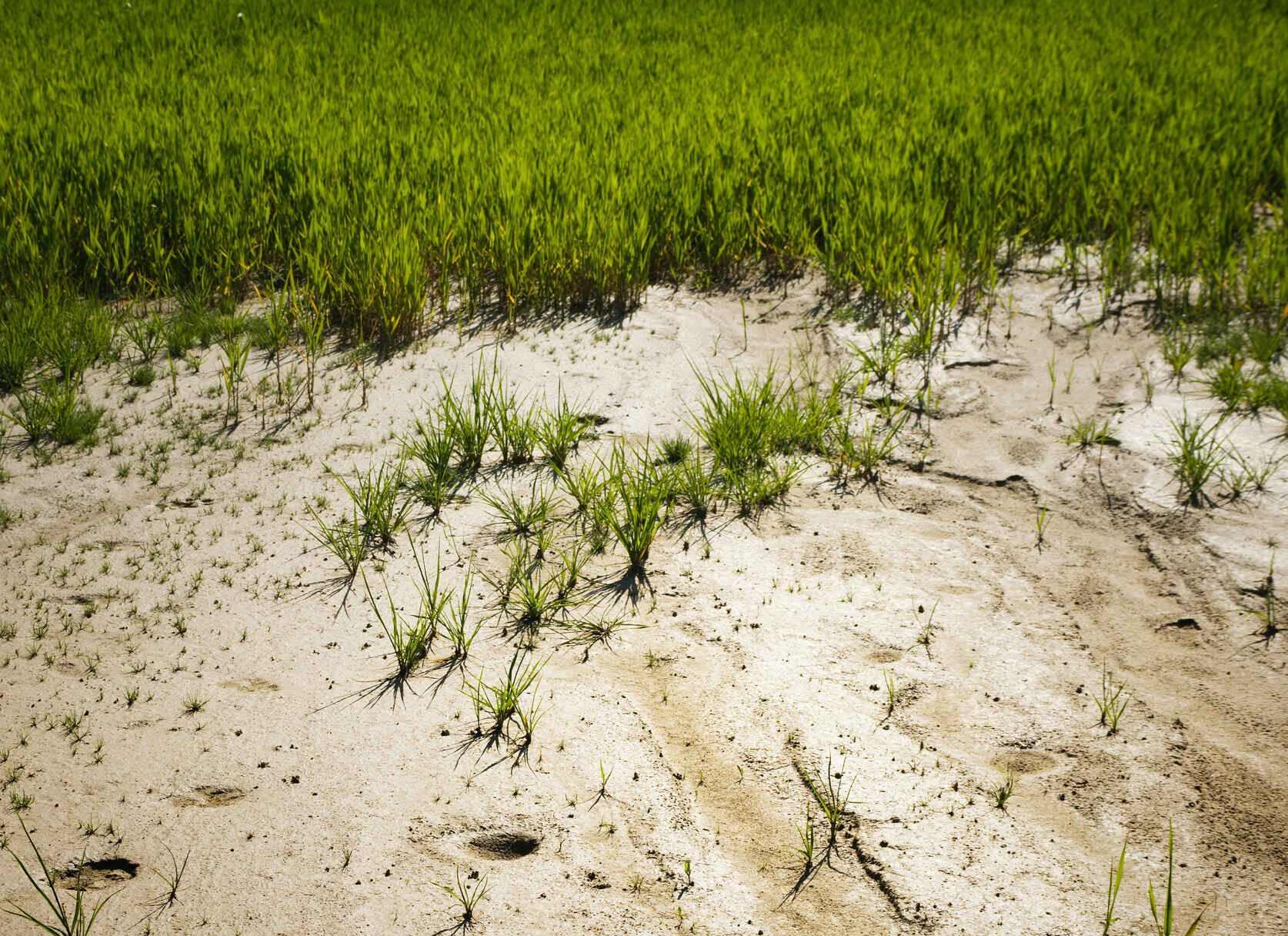
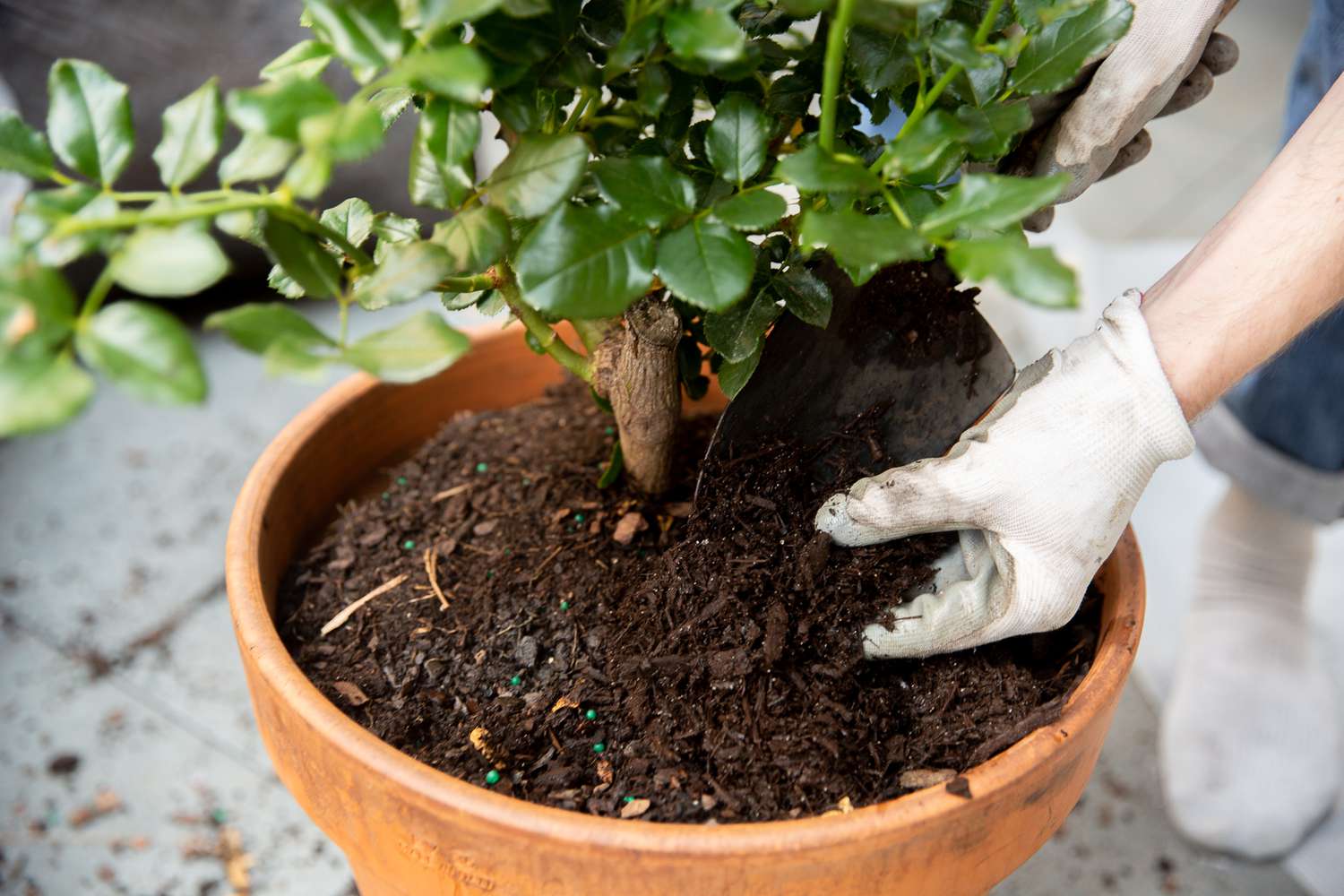
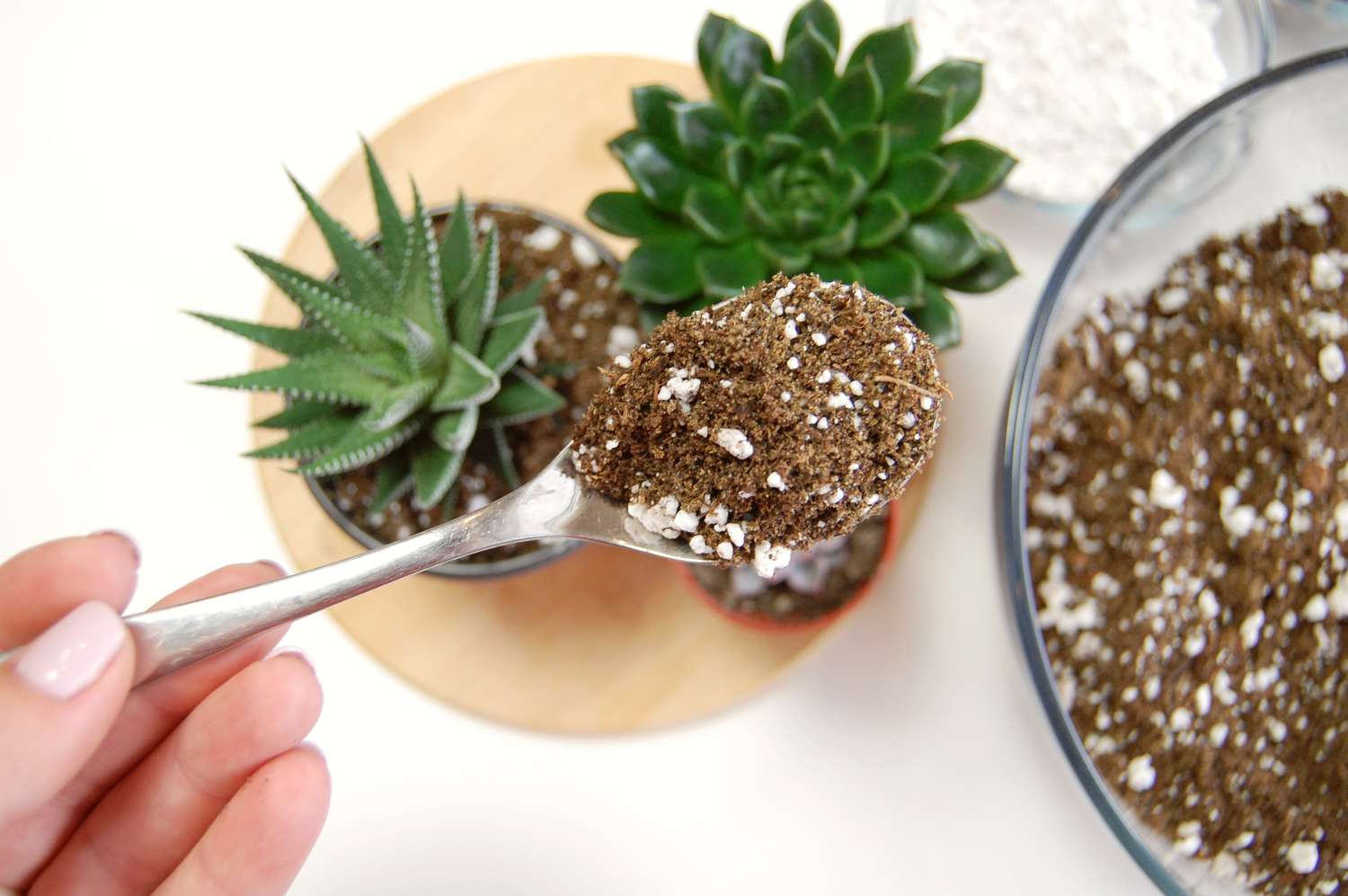
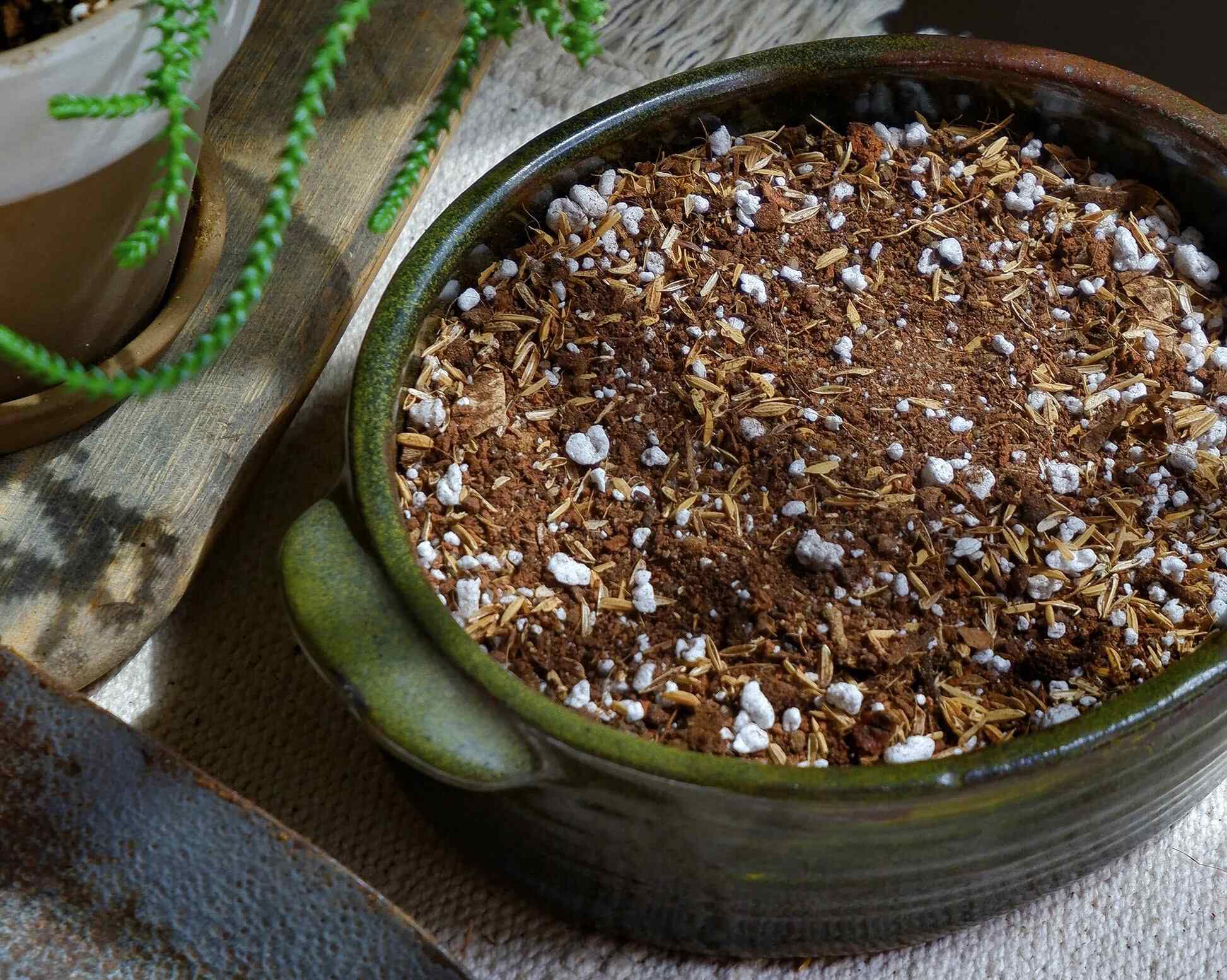
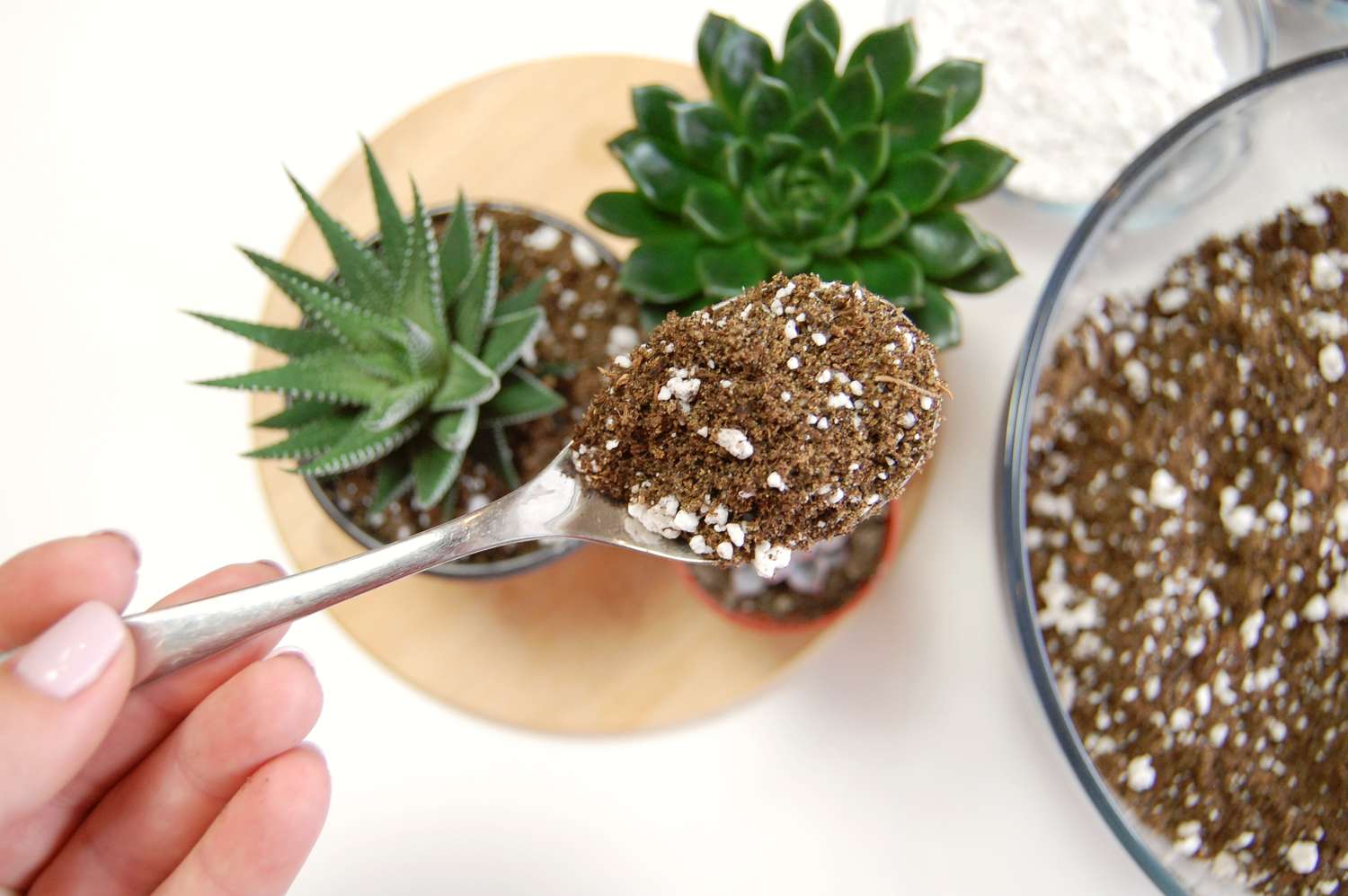
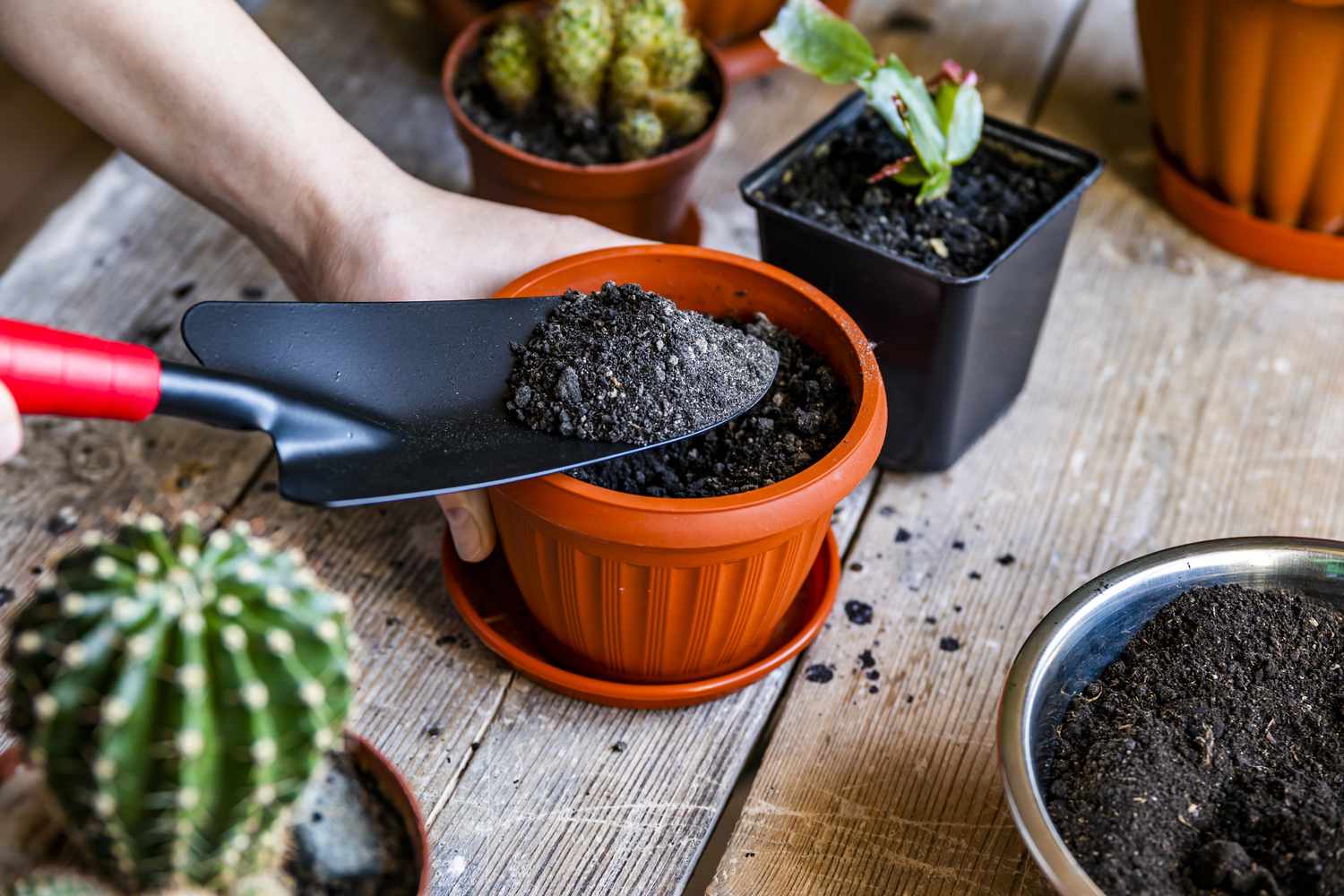
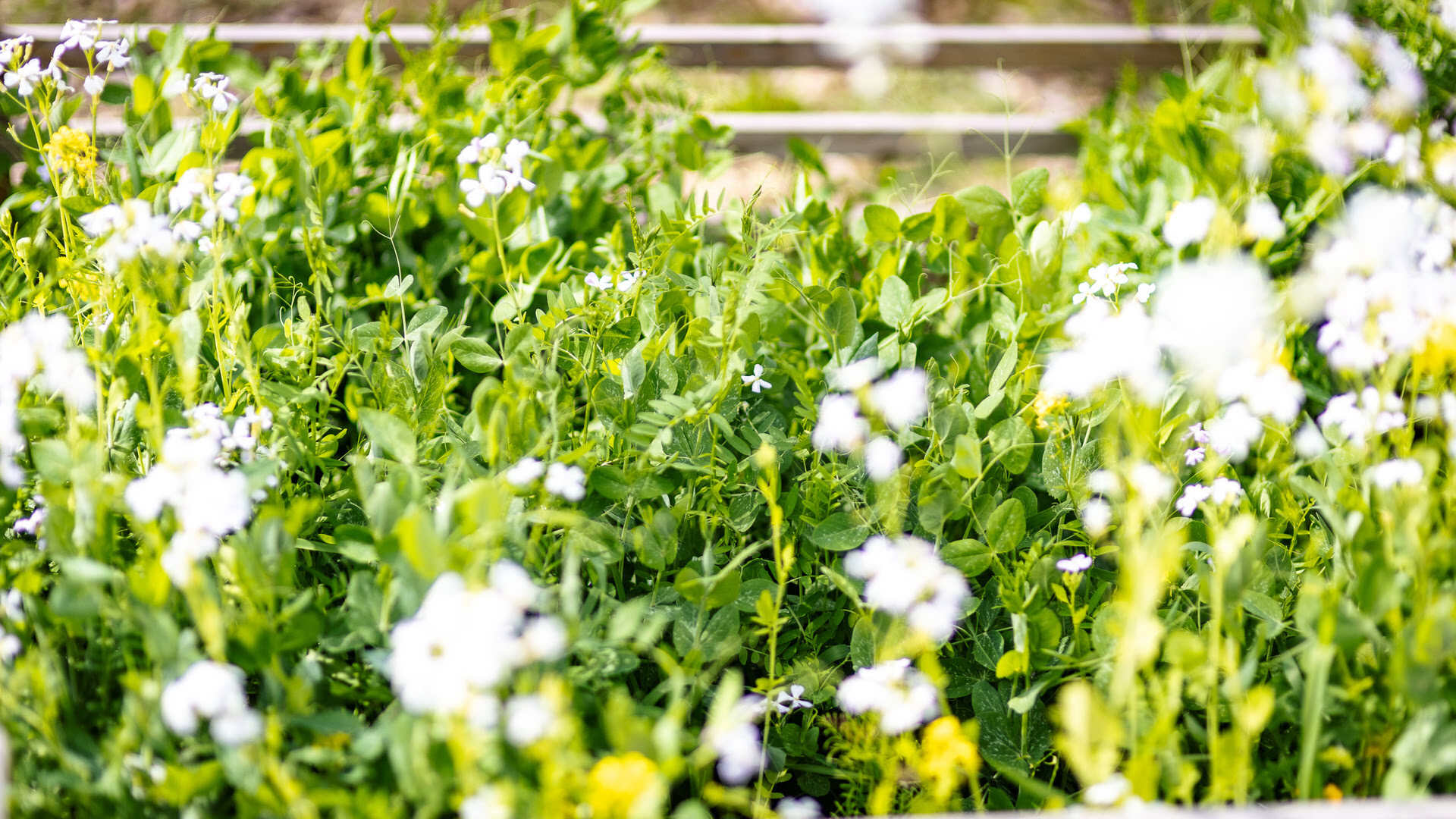
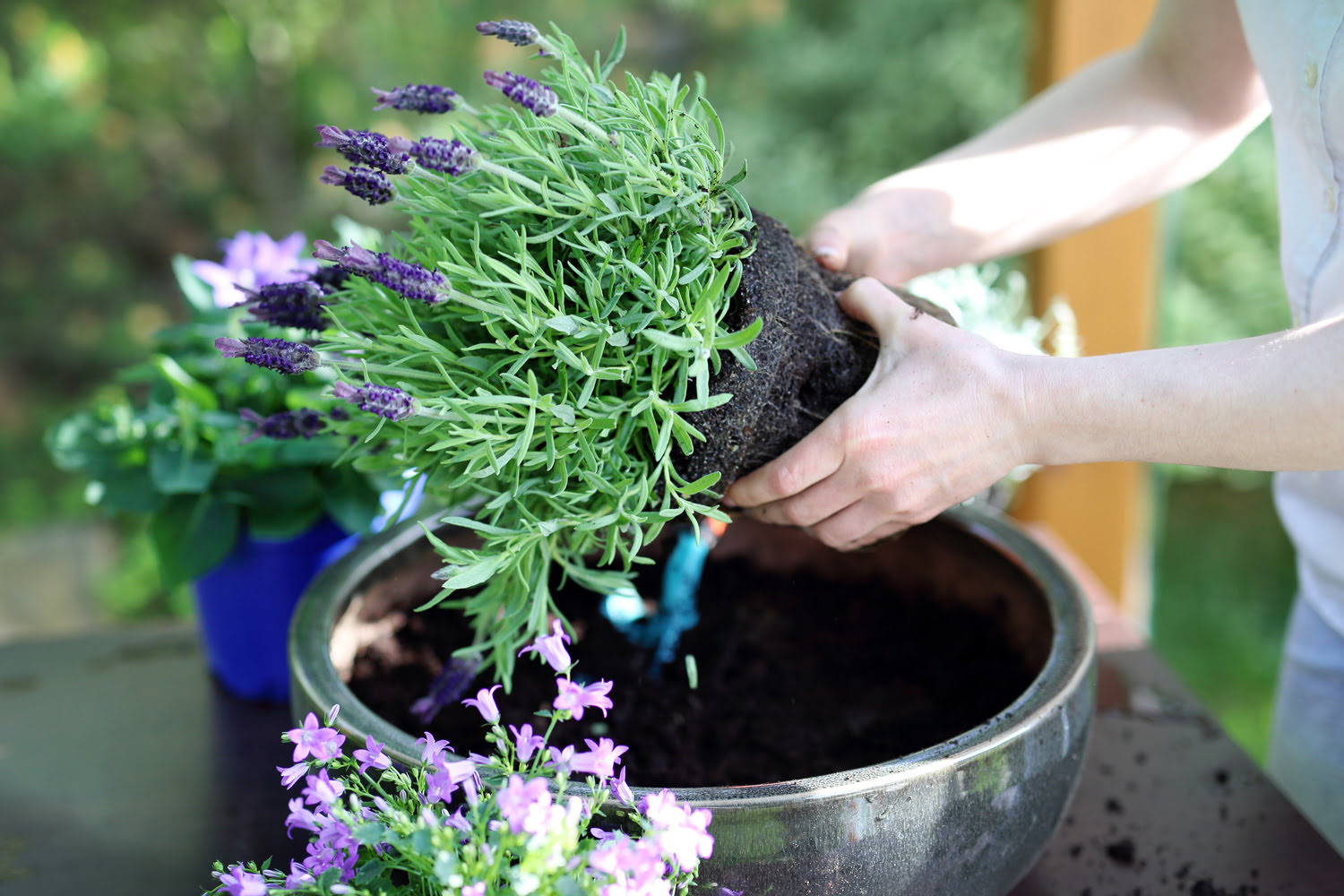
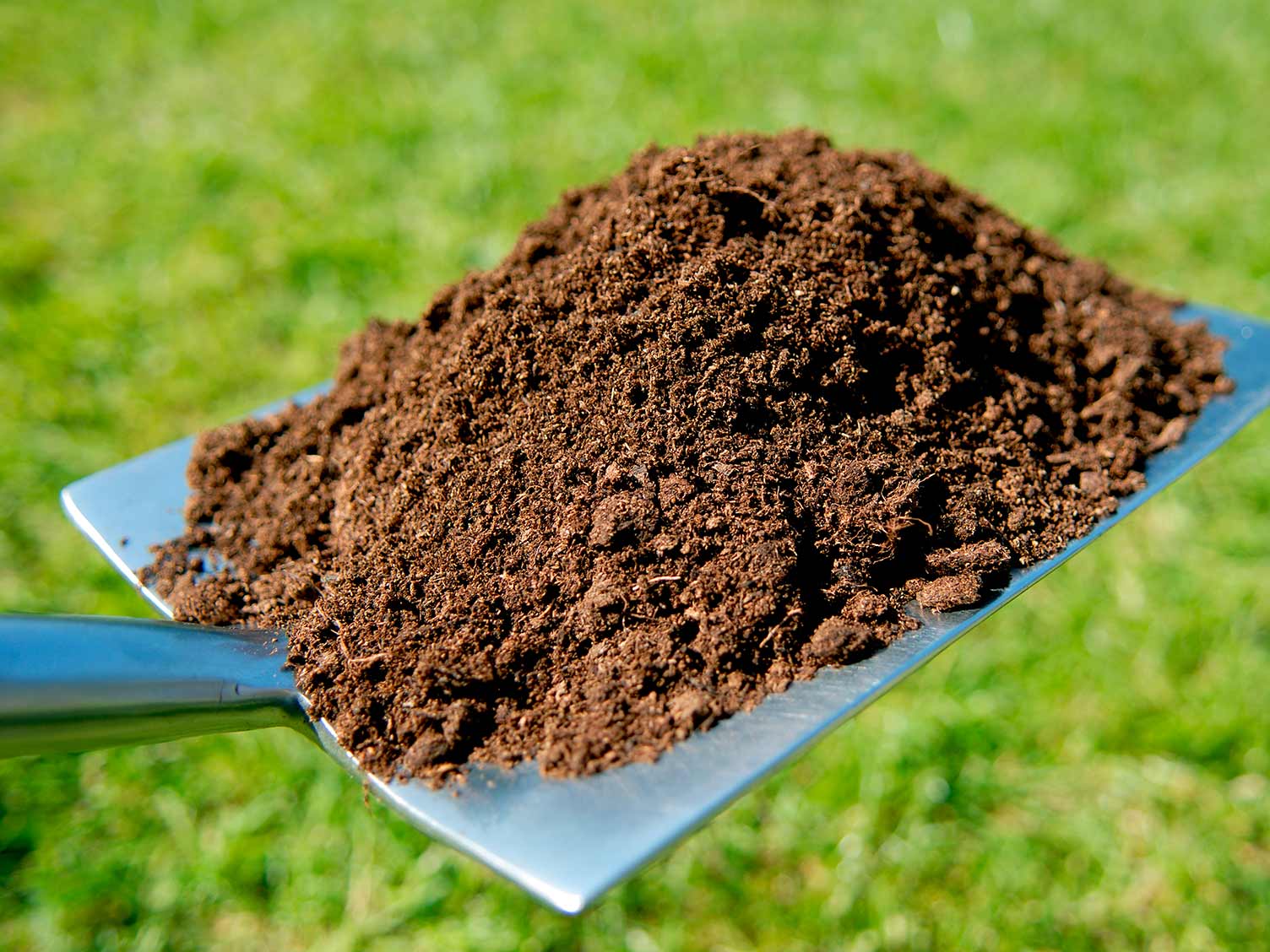


0 thoughts on “What Is The Best Soil For Grass Seed”